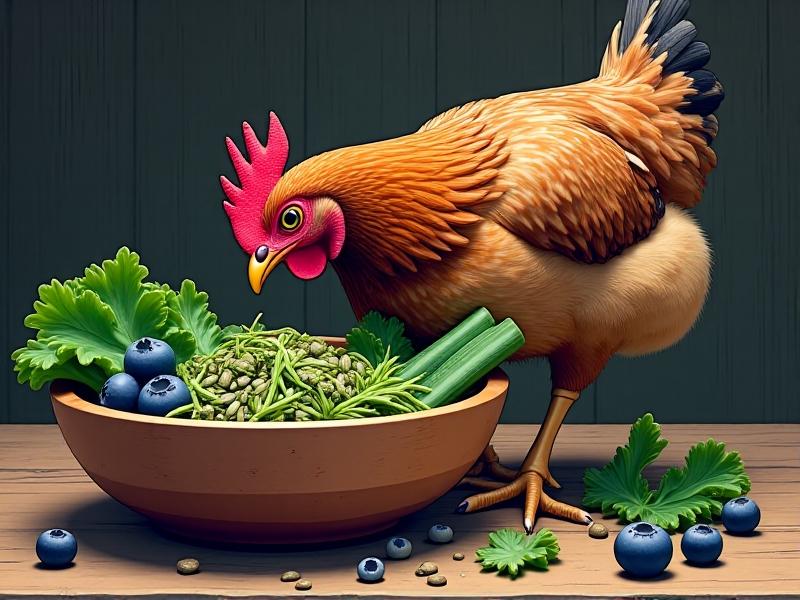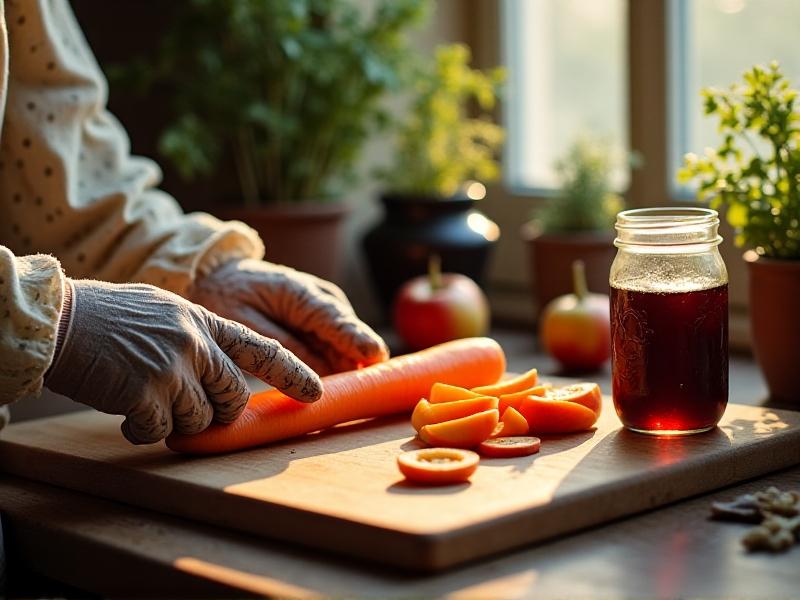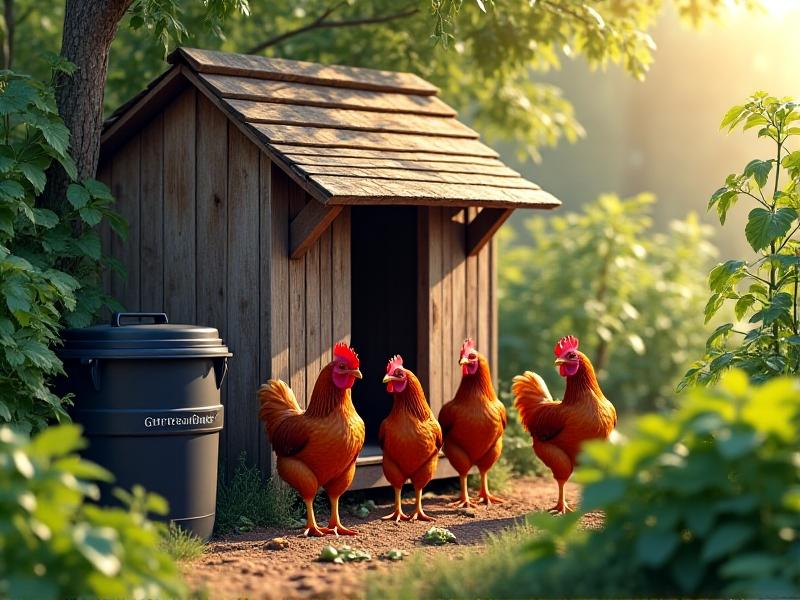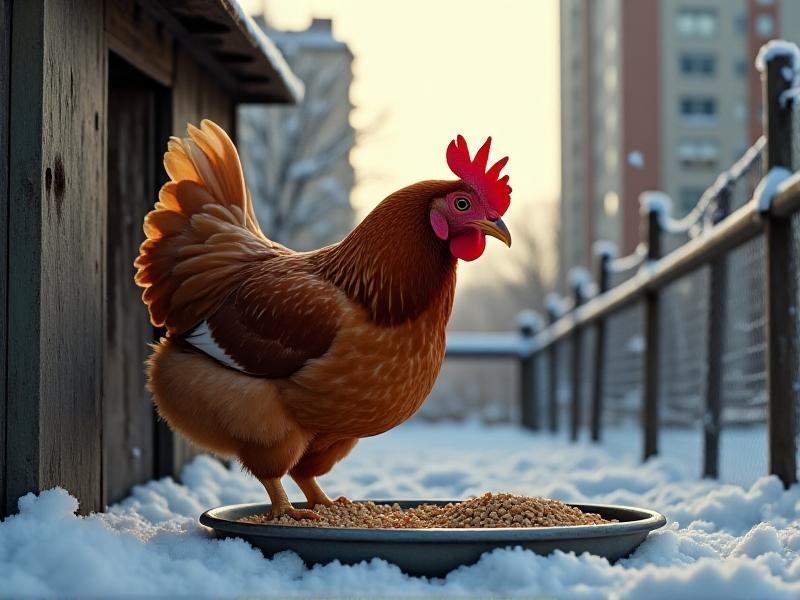Kitchen Scrap Strategy: Safe Feeding Practices for Urban Chickens
Why Kitchen Scraps Are a Goldmine for Urban Chickens
Urban chicken-keeping has surged in popularity, driven by sustainability goals and the desire for fresh eggs. Kitchen scraps offer a cost-effective way to supplement your flock’s diet while reducing household waste. Chickens are natural foragers, and scraps like vegetable peels, fruit cores, and stale grains mimic their instinctual eating habits. However, not all scraps are created equal. Understanding which foods nourish your hens—and which pose risks—is critical to their health. This section explores the nutritional benefits of scraps and how they align with a chicken’s dietary needs.

Safe Scraps: What Your Flock Can (and Should) Eat
Chickens thrive on a diverse diet. Safe options include leafy greens, squash seeds, cooked rice, and most fruits (excluding citrus). Calcium-rich scraps like crushed eggshells support strong egg production, while herbs like parsley and oregano act as natural antioxidants. Avoid processed foods, salty snacks, and raw potatoes. This section provides a comprehensive list of approved scraps, emphasizing portion control to prevent nutrient imbalances. Learn how to turn everyday food waste into a nutrient-packed meal for your hens.

Toxic Foods: The Hidden Dangers in Your Compost Bin
While chickens are hardy, certain foods can be lethal. Avocado pits contain persin, a toxin causing cardiac distress. Onions and garlic may lead to anemia, while moldy bread poses a risk of fungal infection. Chocolate and caffeine are equally dangerous. This section highlights common kitchen items to exclude from your flock’s diet, explaining the science behind their toxicity. Practical tips for segregating unsafe scraps will help you avoid accidental exposure.

Preparing Scraps: Chopping, Cooking, and Serving Tips
Raw potato peels contain solanine, but cooking neutralizes this compound. Chopping scraps into bite-sized pieces prevents choking, while fermenting grains boosts probiotics. This section offers step-by-step guidance on preparing scraps safely, including recipes for homemade flock treats. Discover how small adjustments in food prep can maximize digestibility and minimize waste.

Balancing Scraps with Commercial Feed
Scraps should complement—not replace—commercial feed, which provides essential vitamins and minerals. A 90/10 ratio (feed to scraps) is ideal. Over-reliance on scraps can lead to protein deficiencies or obesity. This section discusses how to monitor your flock’s health and adjust their diet seasonally, ensuring they receive balanced nutrition year-round.
Seasonal Scraps: Adapting to What’s Available
Summer yields melon rinds and tomato ends, while winter offers squash skins and root vegetable tops. Seasonal variations affect nutritional intake; for example, leafy greens in spring provide extra vitamins after winter’s scarcity. This section guides readers through curating scrap menus based on seasonal availability, promoting a sustainable cycle aligned with local harvests.
Urban Challenges: Managing Pests and Odors
Leftover scraps can attract rodents or create foul odors in tight urban spaces. Storing scraps in airtight containers and using treadle feeders reduces pest access. This section outlines strategies for maintaining cleanliness, including composting inedible scraps and timing feedings to minimize leftovers.
Community Practices: Sharing Scraps Responsibly
Neighbors or local cafes may donate scraps, but establish clear guidelines to avoid unsafe items. This section covers how to build a community scrap network, including liability waivers and educational handouts. Learn how collective efforts can support larger flocks and strengthen urban farming networks.
Troubleshooting: Addressing Common Health Issues
Symptoms like lethargy or reduced egg production may signal dietary imbalances. This section provides a flowchart to diagnose scrap-related issues, alongside remedies like adding oyster shell grit or consulting a poultry vet. Case studies illustrate recovery journeys, emphasizing proactive monitoring.
Building a Sustainable Routine: Long-Term Success
Consistency is key. Develop a weekly meal plan, track scrap types, and involve family members in scrap collection. This final section encourages gradual habit-building, celebrating small wins like reduced grocery bills or vibrant egg yolks. End with inspiration to expand sustainability efforts, like planting a chicken-friendly garden.







